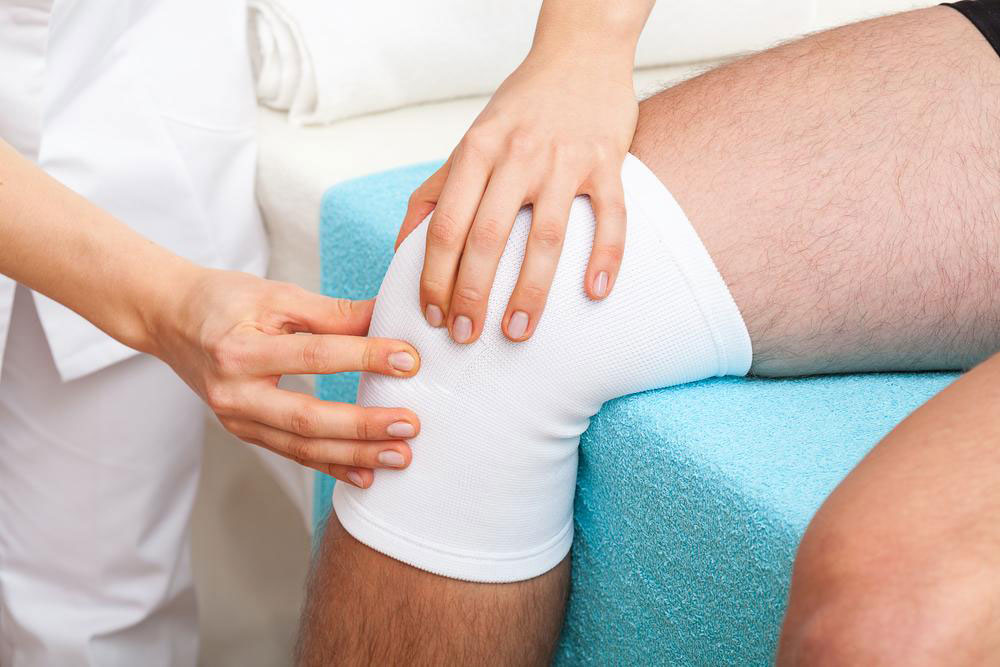Types, Causes, and Treatment of Joint Pain
The other name of joint pain or inflammation is known as arthritis, which can affect one or more joints present in our body. Presently there are almost 200 different types of joint pain or arthritis, but among them, the most common types are as follows:
- Inflammatory arthritis
- Degenerative or mechanical arthritis
- Soft tissue musculoskeletal pain
- Back pain
- Connective tissue disease
- Infectious arthritis
- Metabolic arthritis
Though the symptoms of arthritis develop over a long time, they can also appear suddenly out of nowhere.

Arthritis or joint pain causes
Though there are no single joint pain causes of all types of arthritis. These may vary according to the type or form of arthritis. Possible causes of joint pain may include the following factors:
- Injury, leading to degenerative arthritis
- Abnormal metabolism leading to gout and pseudogout
- Inheritance such as osteoarthritis
- Infections
- Immune system dysfunction
Some forms of arthritis or joint pain causes are due to the reduction in the cartilage tissues amount. Cartilage is nothing but flexible connective tissues in your joints and the function of these cartilages is to absorb the shock and pressure created from motion and stress related to them.
Normal wear and tear of the cartilage tissues cause joint pain or osteoarthritis, which is one of the most common types of arthritis. An infection or injury to the joints can aggravate the natural breakdown of cartilage tissues leading to the contribution of joint pain causes. Moreover, your risk of developing osteoarthritis will be higher if you have a family history of the disease.
Another form of arthritis known as rheumatoid arthritis is an autoimmune disorder and occurs when the body’s immune system attacks the tissues of the body such as synovium, a soft tissue in your joints which is responsible for producing fluids that nourish the cartilage and lubricates the joints. Over time, arthritis can destroy a joint which can eventually lead to the destruction of both the bone and cartilage inside the joint. It consequently causes joint pain.
Treatment
Arthritis treatment includes different methods and medications that aim to control pain, minimize joint dysfunction or damage, and improve and maintain the function and quality of life. A range of medications and lifestyle strategies can help achieve this and can protect joints from further damage.
Treatment procedures might involve the following methods:
- Medications
- Non-pharmacological therapies
- Physical or occupational therapy
- Splints or joint assistive aids
- Patient education and support
- Weight loss
- Surgery, including joint replacement
Medication
Non-inflammatory arthritis such as osteoarthritis is often treated with pain reducing medications and physical activities. Inflammatory arthritis can also be treated with medications. Medications will certainly depend upon the type of arthritis the patient is dealing with. Commonly used medications are as follows.
- Analgesics
These are used to reduce pain but have no effect on inflammation. - Counterirritants
These are creams and ointments that contain methanol or capsaicin, which can modulate and lessen the pain when rubbed over a painful joint. - Biologics
These generally target various protein molecules involved in the immune response to modify and lessen the pain responses associated with joints. - Corticosteroids
These reduce the inflammation and suppress the immune system.
Natural remedies
Healthy diet
A healthy and balanced diet with regular exercises along with avoiding smoking and alcohol can help people maintain arthritis in an effective way. A healthy diet that can provide enough nutrients required to protect the joints from degeneration should usually consist of the following foods:
- Fish
- Nuts and seeds
- Fruits and vegetables
- Beans
- Olive oil
- Whole grains
Self-management
Self-management is the key to maintain arthritis, which includes seven points that can help a person with arthritis to manage their condition:
- Being Organized
Try to keep track of the symptoms, pain levels, medications for consultations with the doctor. - Managing Pain and Fatigue
Learning to manage fatigue with the help of medical as well as non-medical approaches is the key to live comfortably with joint pain. - Daily Exercises
Exercising on a regular basis is not only beneficial for people with arthritis but is also a way to keep the overall health in a good condition for everybody. - Ample Rest
In addition to regular exercise, getting an ample amount of rest is equally important to maintain arthritis symptoms. - Healthy Diet
Try to avoid refined, processed foods, and pro-inflammatory animal-derived foods to lessen the symptoms of arthritis. Consuming a healthy diet made up of greens that are rich in antioxidants are beneficial for persons dealing with arthritis. - Sleep Improvement
Poor sleep can exaggerate arthritis pain and fatigue. So, take steps to improve sleep by avoiding caffeine and strenuous exercises in the evenings.
Identifying joint pain causes is the key to its right treatment. Medical experts should be consulted on time with a detailed explanation of all the symptoms and problems faced due to joint pain to proceed with the right line of treatment.